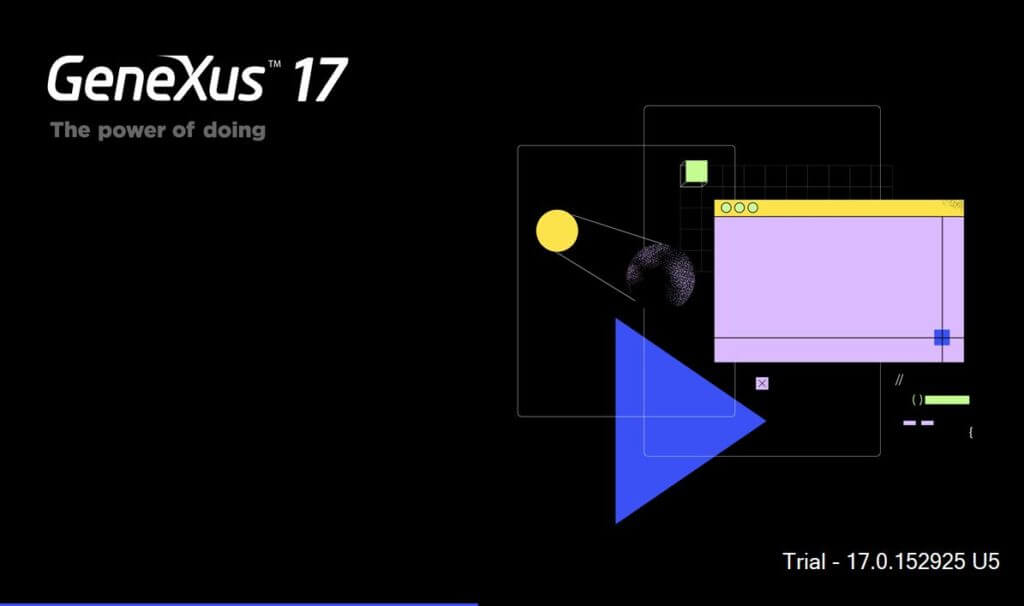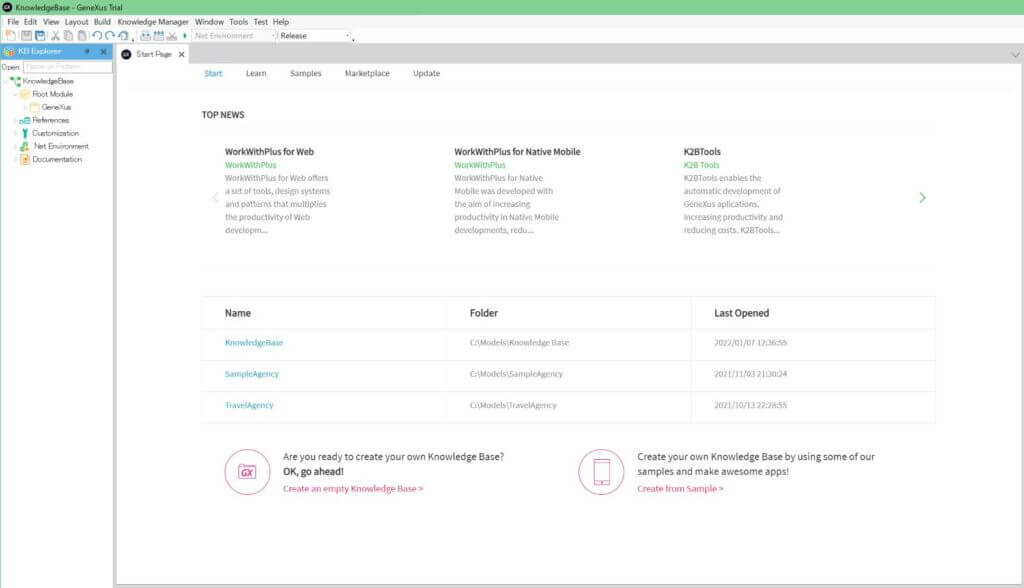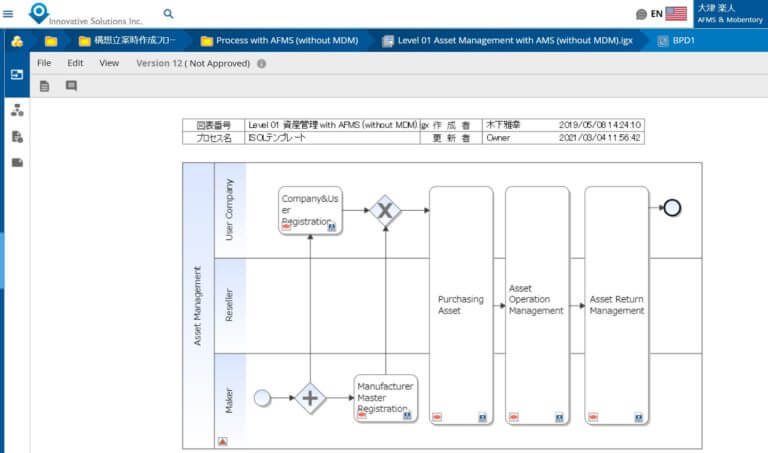
Behind The Scenes of AFMS
2022/3/9
Author: Chanisara Kajornchaikul, Gakuto Ootsu

The business world is always changing and growing as a result of technological advancements; organizations must be aware of these developments and embrace them in order to avoid falling behind. While the operating system isn’t a new technology, businesses are increasingly relying on it to improve operations and better manage their data. It goes without saying that no matter how big or small your company, a good operating system to meet your business requirements is important.
My name is Chanisara. As a junior employee at a tech SME , such operating systems fascinate me. I’m always eager to learn more about the development process, that involves many people and requires a great amount of time and effort. Our company boasts an innovative solution called Asset Flow Management System (AFMS). Since the new version was released recently, I would like to share my findings while uncovering the story “Behind The Scenes (BTS) of AFMS ” solution development.
Let’s begin!
How was AFMS born?
AFMS is the shortened term for Asset Flow Management System. It is a centralized management system for tangible assets such as machinery and equipment (e.g. tablet and mobile devices). It allows people to manage the end-to-end process from purchasing to managing such assets (see the below Menu Bar ).

Impressions at the beginning of the implementation
AFMS is the culmination of years of work experience in the manufacturing and logistics sectors of CEO, Mr. Hosoe and EVP, Mr. Kinoshita, who thought that this platform would be beneficial for asset users, manufacturers, and repair centers to optimize their asset flow management processes. It was created and developed by our offshore development team in Bangladesh with GeneXus, (a low-code development tool) and led and managed by Mr. Behestee, senior system developer, Mr. Sakomizu, lead implementation engineer, and Mr. Ootsu, product manager. Mr. Ootsu plays the essential role of our bridge between clients and our engineers.
Firstly, let’s find out from Mr. Hosoe how this solution was born.
Could you please tell us what inspired you to create this application?
I had always wanted to create a platform, which both sellers and buyers could be satisfied with (Mr. Hosoe is talking about platform on his interview). The repair request process at distribution centers is a complicated process that would be better managed with a system. It would provide people in charge with a clearer and quicker way to complete their tasks.
Assets management is mandatory for every company. Even though the annual defect rate of each asset is not high (6%), most companies see no need to specifically develop a system for this. Head offices, however, are likely to be aware of the necessity and importance of managing asset flow because it is difficult to manage the end-to-end flow when their warehouses and distribution centers are geographically dispersed. Therefore, I thought we could create value if we were able to create a common platform for asset and repair process management.
What are your future expectations for AFMS ?
It would be great to hear users from both sides say “this app is helpful!” or “this makes our work more simple!” I believe that an ideal platform satisfies the needs and empowers users on both sides.
Now that we understand the concept of AFMS let’s hear from Mr.Behestee, our senior systems developer to understand how it was developed.
What are your thoughts about AFMS as a developer?
As far as I know, there are similar systems that can manage assets and track the flow of multiple stakeholders. However, such solutions are usually developed by manufacturers or wholesalers themselves. What distinguishes AFMS from other apps is that it was developed by a third party, such as ourselves, and it has the potential to become a platform.
AFMS is a common platform for manufacturers and customers which lets them come on board to manage their digital devices by enabling them to communicate on a real-time basis. A seamless platform like AFMS increases efficiency and reduces the hassles of managing a device’s life cycle. It’s a place where manufacturers and customers can meet each other without worrying about data privacy.
Could you please describe how you developed AFMS?
AFMS was built on a Low-Code platform named GeneXus, which is a very efficient and highly advanced platform for developing complex systems in an easier way compared to conventional programming tools. GeneXus uses artificial intelligence (AI), for optimized coding, efficiency, and robustness.


Could you describe how the AFMS team evolved?
Initially, it started with a very small team. But as requirements increased, so did the team size. Currently, there are developers, test engineers, and a product manager, who are involved in this project. Apart from process optimization and feature enhancements they are dedicated to and continuously improving the user experience.
How long did it take for the first project launch?
It took about one year to prepare for the first launch. At the beginning, we started with our assumptions based on multiple services that our company provided, process visualization & optimization consulting. Then after the first demo, we received a lot of feedback from a customer (a major Japanese auto manufacturer). We made an effort to reflect key requirements from different sectors that followed very different management processes. After one year, we launched the very first release with success. Needless to say, we never stopped enhancing and optimizing the features and functionalities by constantly collecting and reflecting customer feedback. We caught the eyes of some TSE(Tokyo Stock Exchange) listed companies for this solution because a lot of features matched their requirements. But, I believe that we still need to keep considering different scenarios to provide the best customer experience.
The process of developing AFMS sounds complicated to me. Could you share your secret how you made it work?
We have been following the Agile methodology for the system development which we thought was the best choice to bring this brand-new and innovative idea to life.

We established a CI/CD (Continuous Integration/Continuous Delivery)development cycle. Every week we are enhancing and deploying new features and in parallel maintaining user data integrity. It is sometimes challenging to keep track of changes, but at the same time this type of flexibility that allows changes is the key to the success for launching systems like AFMS.
CI/CD
CI and CD stand for continuous integration and continuous delivery/continuous deployment. In very simple terms, CI is a modern software development practice in which incremental code changes are made frequently and reliably.
What difficulties did you face when developing a brand-new solution like AFMS ?
Initially, when we created this solution, our first priority was to improve the user experiences (UX) and integrate the ongoing manual process related to the asset’s lifecycle management into an automated process. Because AFMS was such a novel idea, clients realized that they needed more features only after start of use. We supported them by adding these features. As we made constant efforts to improve and optimize the system, we needed to update the data structure from time to time as it could potentially cause data inconsistency or integrity failure without this update.
Generally, we spent more time on securing data integrity to ascertain the best data structure and infrastructure. However, as a result of our efforts to improve the system step by step, clients became accustomed to AFMS and found it easy to adopt the solution from the early stages of the launch, making it easier for them to raise their maturity levels.
I understand that you work very closely with the Bangladesh offshore team. How do you manage your development team in Bangladesh?
Yes, that is correct. I am managing the offshore team in Bangladesh. We have a very good team management system in place. As we follow Agile, we practice scrum. Every week we have a sprint. We have all the scrum tools in place, and we are loyal to the scrum methodology. In Bangladesh, we have a very strong and experienced team where everyone plays their roles with full dedication. In the beginning we struggled because of the language barrier and time difference. But later, with experience we established the best practices and a well-organized team management method that enabled us to raise our team performance.
Scrum
Scrum is a lightweight framework that helps people, teams and organizations generate value through adaptive solutions for complex problems.Sprints
Sprints are fixed length events of one month or less to create consistency.

Mr.Ootsu as AFMS product manager could you please describe how you facilitate the communication between our developers and end users?
My main role is to connect stakeholders and make the communication process smoother. So, I have been doing a wide range of work from translating clients’ requirements to conducting user acceptance tests. We use a BPM (Business Process Modeling) tool called iGrafx, which allows users to visualize the workflow. The BPM phase is integrated into the ISOL standardized product development lifecycle so that we all share the same flow and the same understanding.
This is critical because nowadays with the pandemic we rarely have a chance to see each other in person, which could easily cause miscommunication. This miscommunication risk is greater without an effective knowledge sharing platform. To sum up, what I do to support developers and end users is to do whatever is required to meet their goals and expectations.

What challenges did you face while working on a project with so many stakeholders like AFMS?
The main challenge came from a lack of experience. We have employed the agile methodology so that we can shift quickly from one project to another. However, this was the first time for me to manage projects using this methodology. In fact, I am still struggling to keep up with the changes. Thanks to the support from both Mr.Behestee as scrum master and our management team, I am able to survive. Lack of domain knowledge was another challenge that I have faced.
However, again with the support from Mr. Kinoshita and Mr. Hosoe who possess deep domain insight, we were able to model the business workflow. As a result I have acquired the basic knowledge of the business process, the key element to define the roadmap for this project.
Mr. Ootsu’s example shows us that the product manager is a key person to the success of software development projects. This person stands at the intersection between business, product, and clients. Without the product manager, the communication gap between stakeholders would be left open and the product direction remain undefined.
As a result of this interview, I’ve gained a better understanding of how challenging it is to develop a platform or software application. In my opinion,the BTS of AFMS is a really interesting story and it encourages me to better prepare for the future through a continuous learning process if I want to develop my own technology product.
How about you?
How was the BTS of AFMS, one of our original solutions? I hope you enjoyed reading this article. We sincerely believe that AFMS can help both asset users and manufacturers to seamlessly manage their asset lifecycle. AFMS is a SaaS (Software as a service) product, so the improvement process is a never-ending cycle. In keeping with macro and micro requirements, we will continue to strive to offer services to improve our clients’ efficiency and productivity. We believe that this increased productivity will lead to the happiness of our stakeholders, allowing them to allocate resources to their core business . For further information about AFMS, please visit our website.
For further inquiries, please contact us. We are happy to answer any questions you may have!